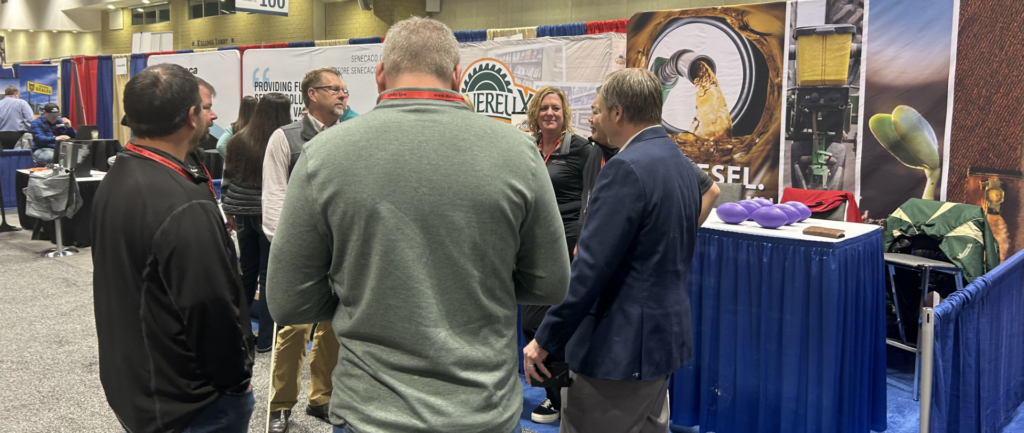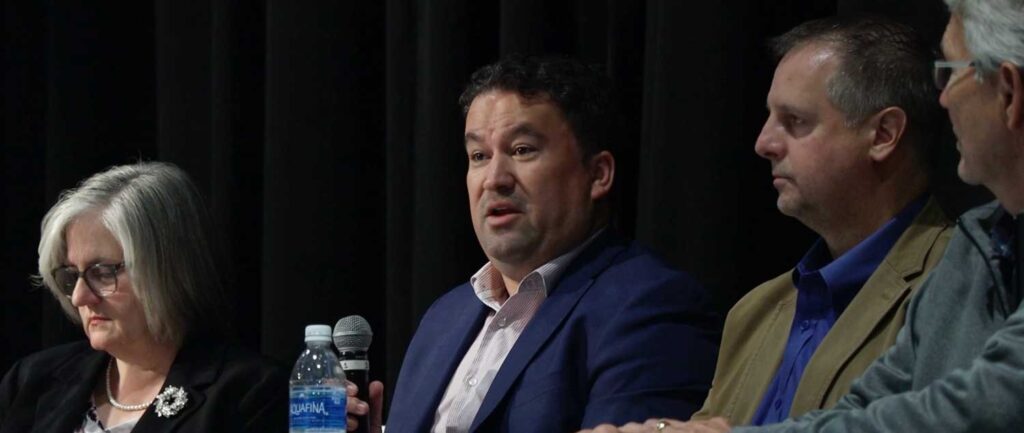Checkoff-supported projects from the Minnesota Soybean Research & Promotion Council (MSR&PC) were presented at the Best of the Best in Wheat and Soybean Research and Marketing sessions on Feb. 14 and Feb. 15 in Grand Forks, N.D., and Moorhead, Minn.
North Dakota State University (NDSU) and University of Minnesota (UMN) Extension professionals presented information on their research related to hot topics in production agriculture, such as weed ID, pest and disease control, soil health, grain storage and grain marketing. Soybean-specific topics included soybean aphids, soybean cyst nematode and iron deficiency chlorosis.
Robert Koch, a UMN Extension entomologist, stressed the importance of using different methods to treat soybean aphids. Persistent infestations in and near Minnesota, reliance on few insecticides groups, over-treatment and usage of low rates of insecticide has contributed to insecticide resistance.
“Soybeans, it’s what I live and breathe every day,” Koch said. “Aphid management is becoming more prevalent in Minnesota and as a farming community we need to understand what the most effective way to manage them is so that we can ensure that resistance doesn’t take over.”
Koch also stressed that if aphid counts are above the 250 per plant threshold and treatment is necessary, it must be done correctly. This includes using the correct rates, nozzles, volume and pressure, while also scouting post application. If an insecticide doesn’t work the first time, use an alternate group if application is needed again.

With pigweed continuing to cause ruckus, Dr. Jared Goplen, UMN Extension, and Dr. Joe Ikley, NDSU Extension, led a demonstration identifying different pigweeds.
In the hands-on demonstration, Palmer amaranth and other pigweeds, common to Minnesota, were displayed in small containers. This gave attendees a chance to compare and contrast the weeds. Their tagline of the day was “long hair don’t care.” If there are many hairs present on the stem, it is likely not Palmer amaranth. Still, experts urge one to pull the plant and let it lay where they found it. After manually pulling the plant, the individual needs to contact the University of Minnesota for them to come and take genetic samples of the plant and help dispose of the plant correctly.
“The pigweed demonstration was not only eye-opening and interesting, it gave me a chance to look at and feel the different weeds, so I know how to identify them on my own farm,” said MSR&PC director Kris Folland, a Halma, Minn., farmer “Best of the Best is a great conference to not only have hands-on learning opportunities to learn more about the research being supported by our checkoff dollars, but it also provides opportunities to have one-on-one conversations with the University of Minnesota and North Dakota State University researchers.”







